Alice through the ages: Exhibition examines Wonderland’s enduring power
A new exhibition at the V&A looks at the many lives of Lewis Carroll’s classic children’s tale
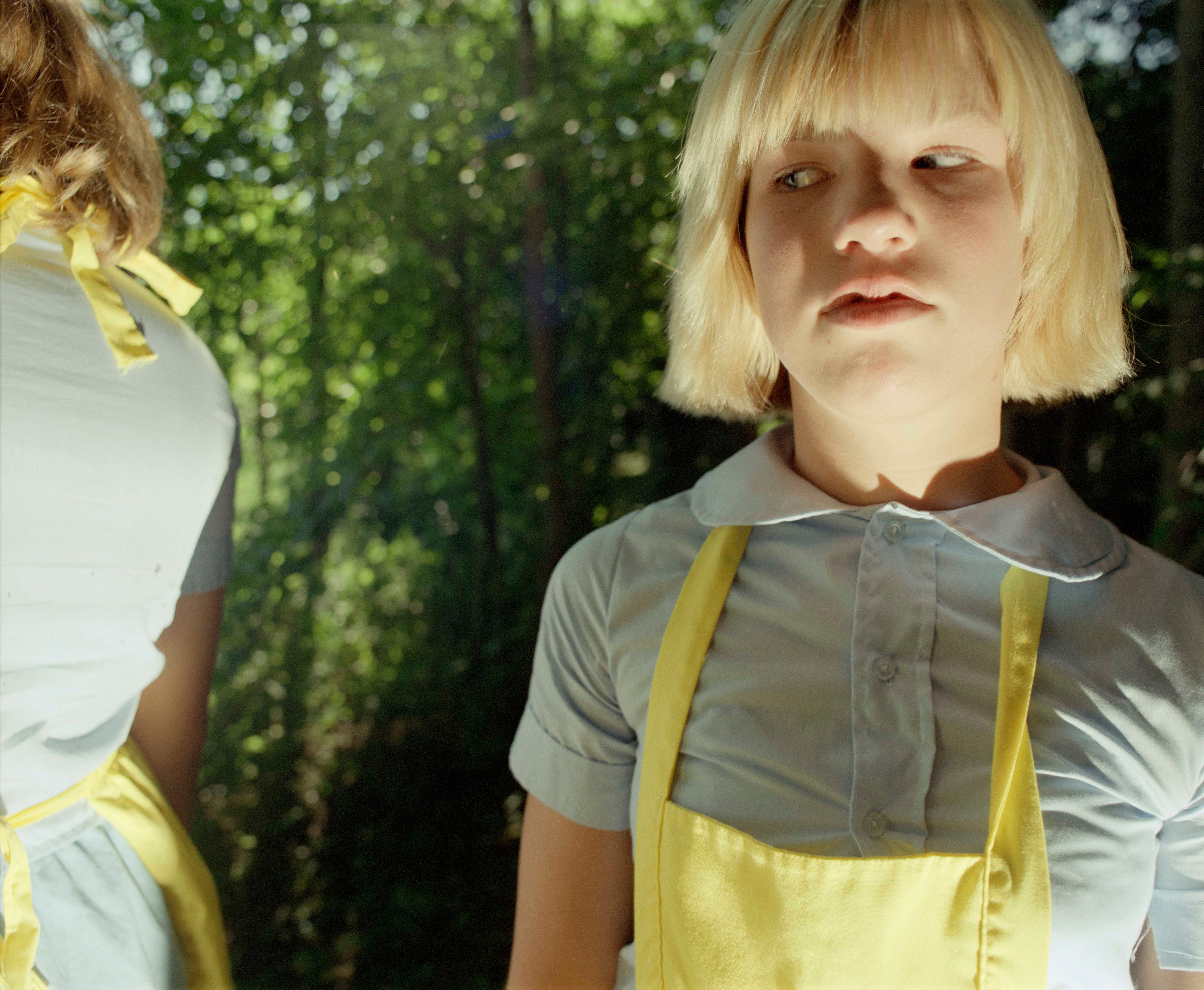
Your support helps us to tell the story
From reproductive rights to climate change to Big Tech, The Independent is on the ground when the story is developing. Whether it's investigating the financials of Elon Musk's pro-Trump PAC or producing our latest documentary, 'The A Word', which shines a light on the American women fighting for reproductive rights, we know how important it is to parse out the facts from the messaging.
At such a critical moment in US history, we need reporters on the ground. Your donation allows us to keep sending journalists to speak to both sides of the story.
The Independent is trusted by Americans across the entire political spectrum. And unlike many other quality news outlets, we choose not to lock Americans out of our reporting and analysis with paywalls. We believe quality journalism should be available to everyone, paid for by those who can afford it.
Your support makes all the difference.On a “golden afternoon” in 1862, Charles Dodgson rowed the three young daughters of a friend down the sleepy river Isis in Oxford. The sisters began asking Dodgson to tell them a story, and he began to make one up on the spot – one with a heroine called Alice, named after Alice Liddell, his favourite of the sisters. “I had sent my heroine straight down a rabbit-hole ... without the least idea what was to happen afterwards,” he later wrote.
Three years later, Dodgson would publish this story, fleshed out and embellished, under the pen name Lewis Carroll. Alice’s Adventures in Wonderland was an immediate success; over the 150-plus years since it has never gone out of print, remaining a touchstone of children’s literature. A sequel, Through the Looking-Glass, followed in 1871. The two short books’ imaginative world, confounding dream-logic and arresting imagery have since been reinterpreted countless times by filmmakers, playwrights, artists, fashion designers and musicians.
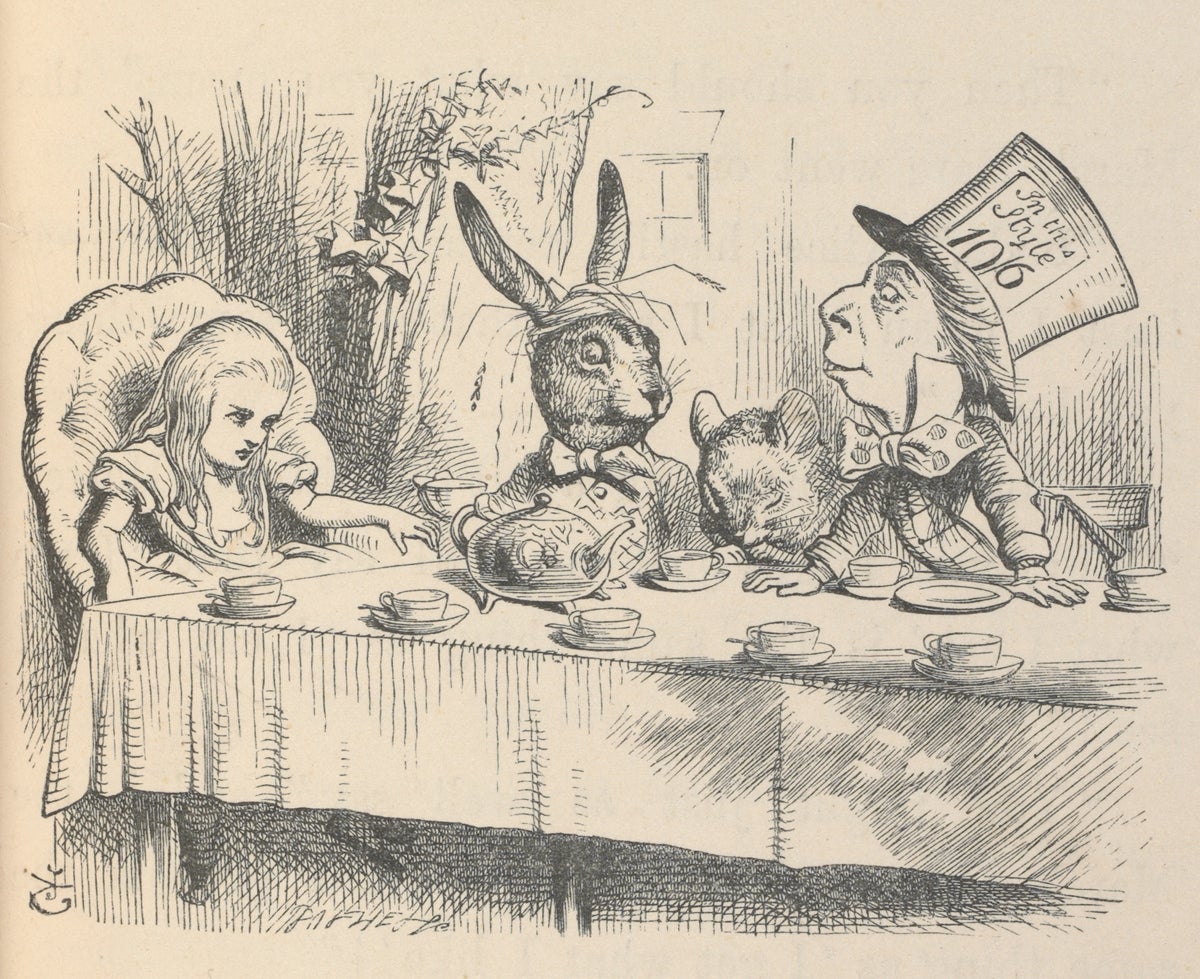
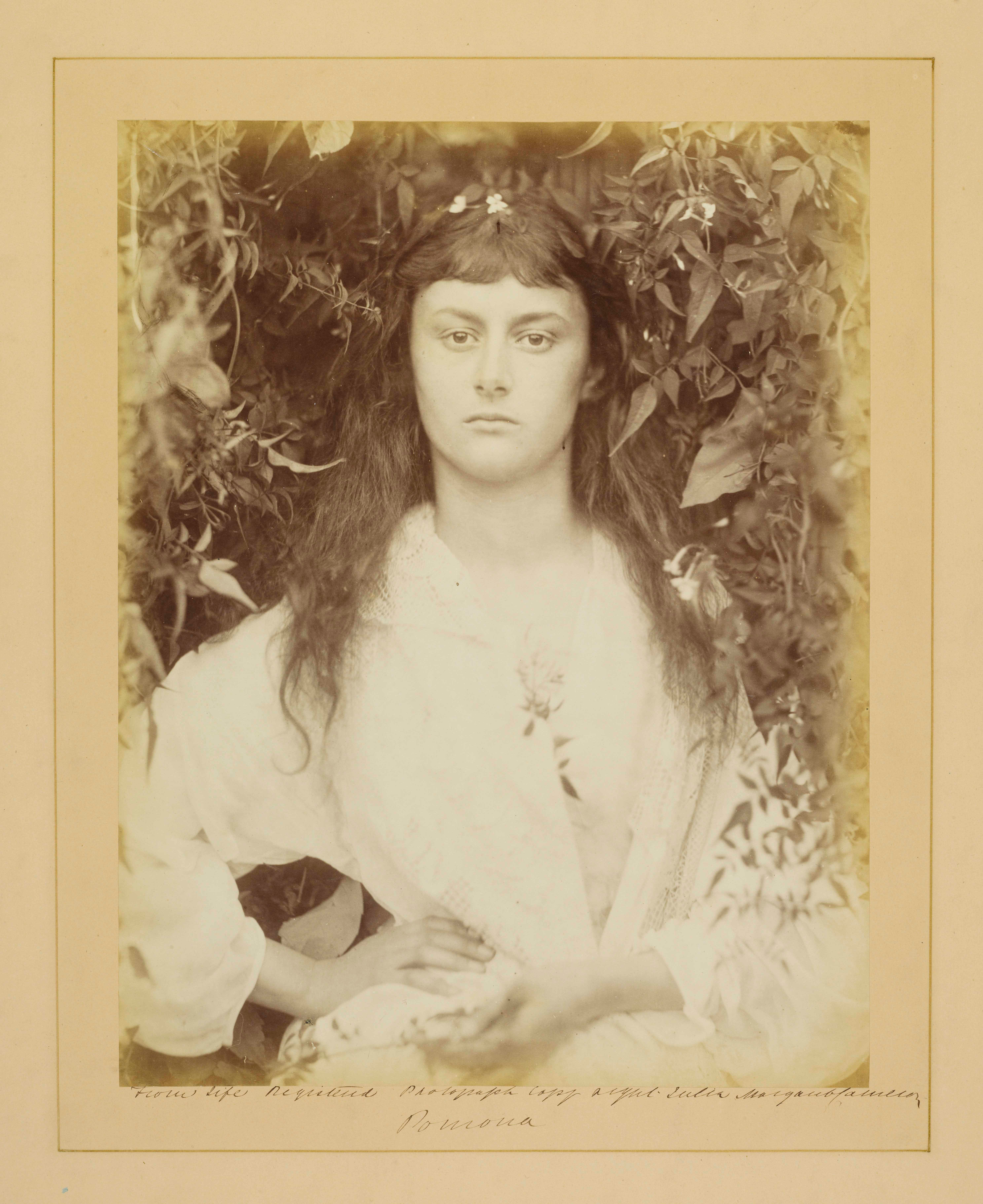
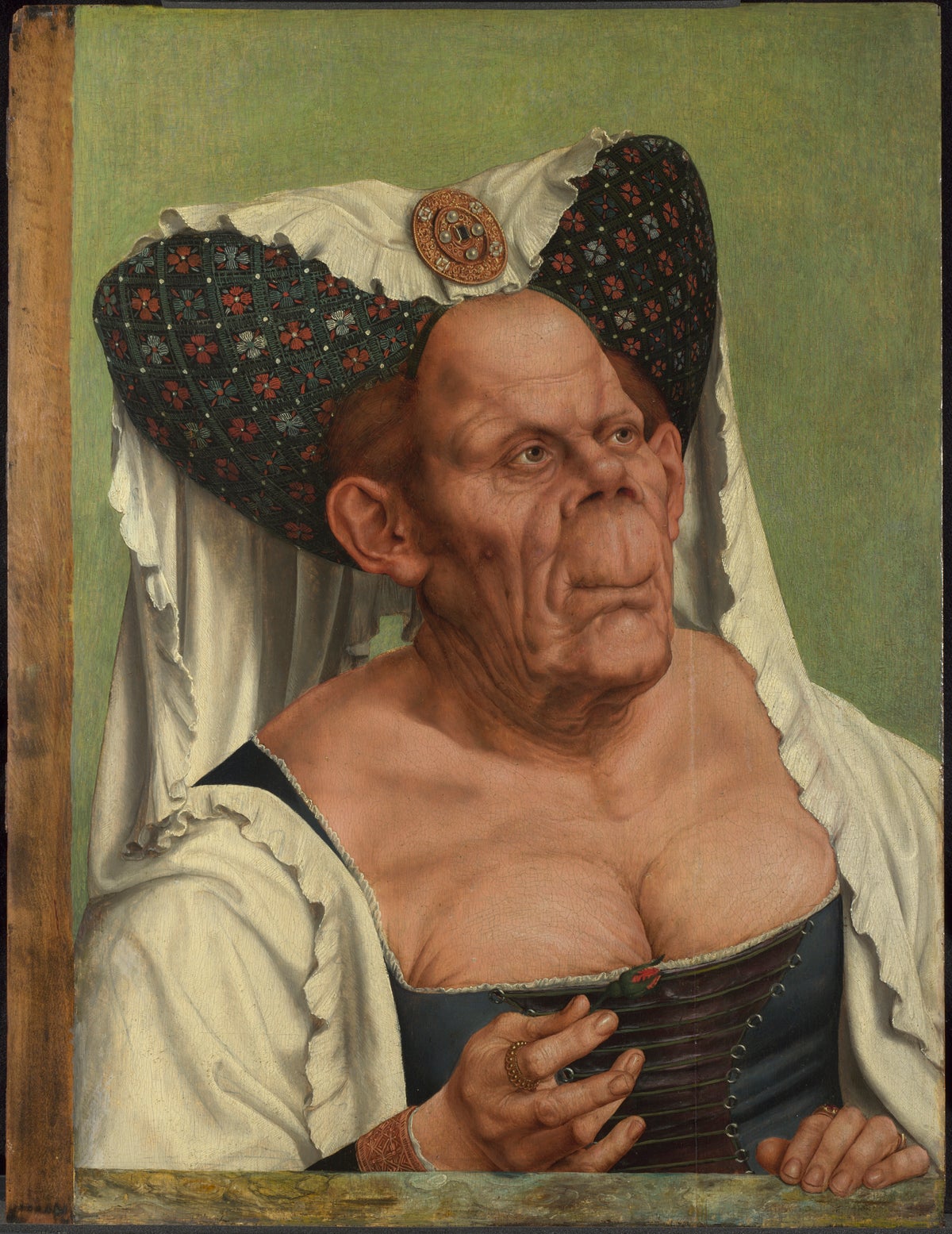
Alice: Curiouser and Curiouser, a new exhibition at the V&A, seeks to explore the extraordinary impact of Dodgson’s creation which, had the Liddell sisters not begged him to write down, could have remained a fleeting story improvised on a hot summer day.
“Alice encourages us all to question, to learn, to explore, and to dream – discovering why she’s an endless source of inspiration for some of the world’s most creative minds has been an extraordinary adventure,” says Kate Bailey, senior curator of theatre and performance at the V&A. The exhibition includes Dodgson’s original manuscript and follows the enormous cultural impact it had across the globe.
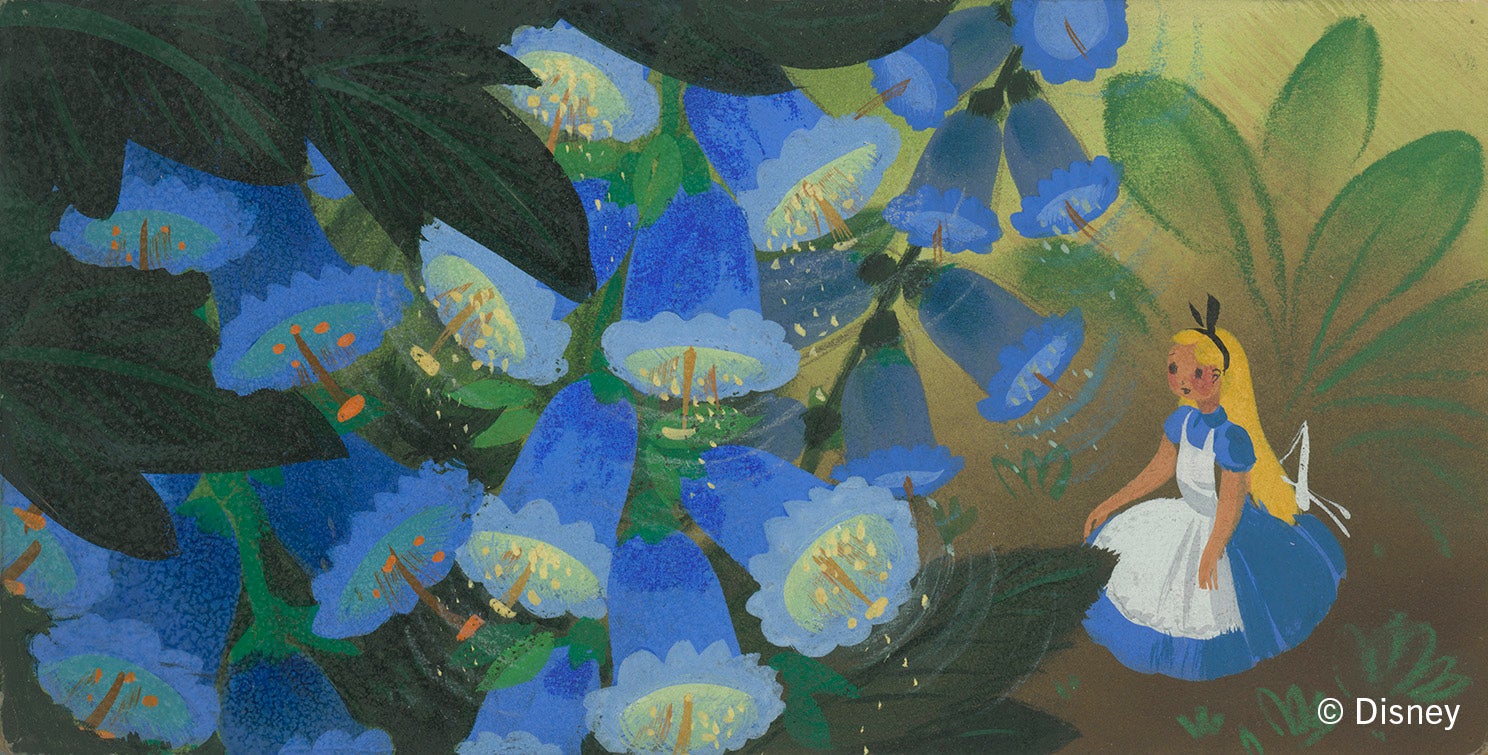
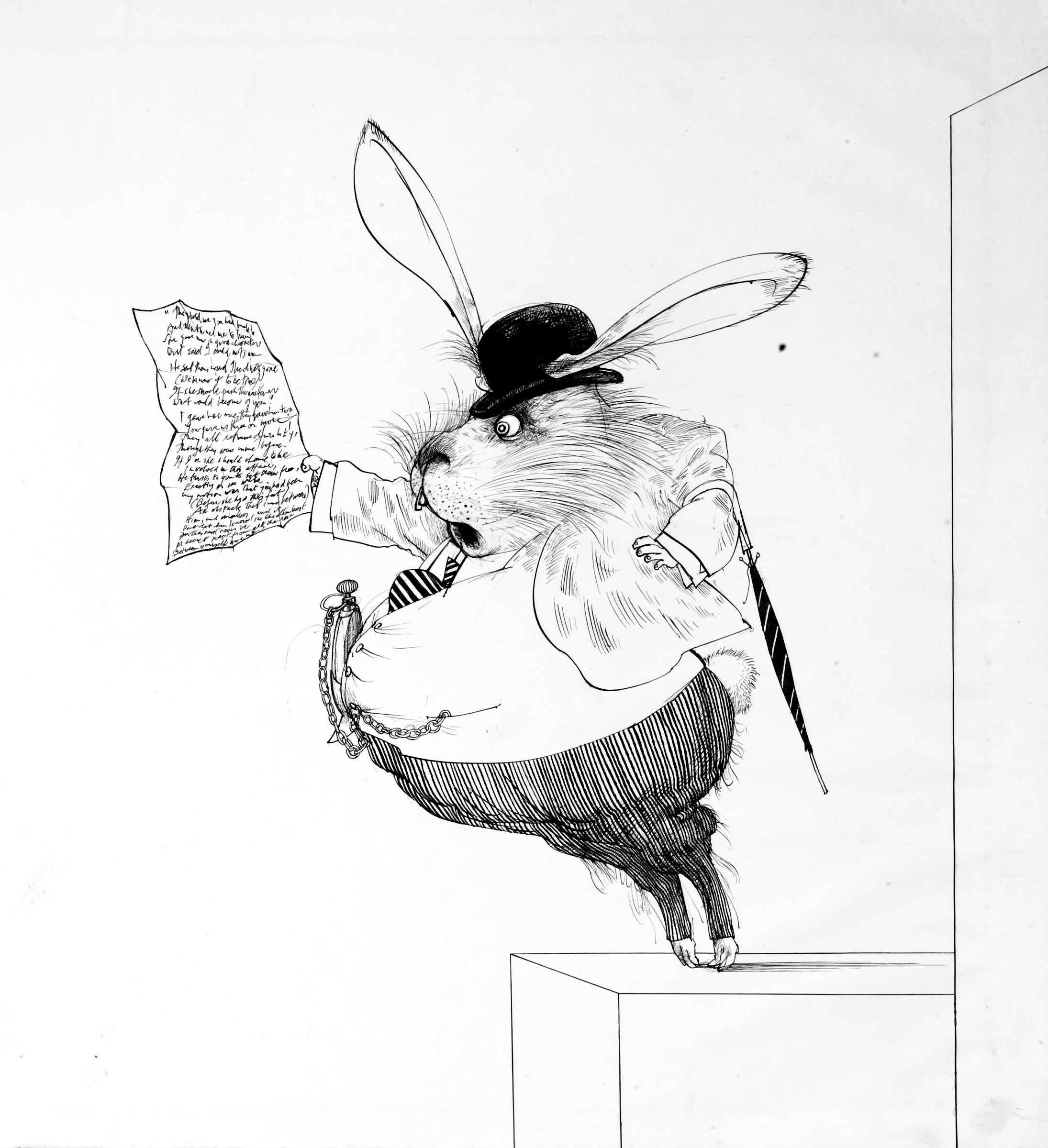
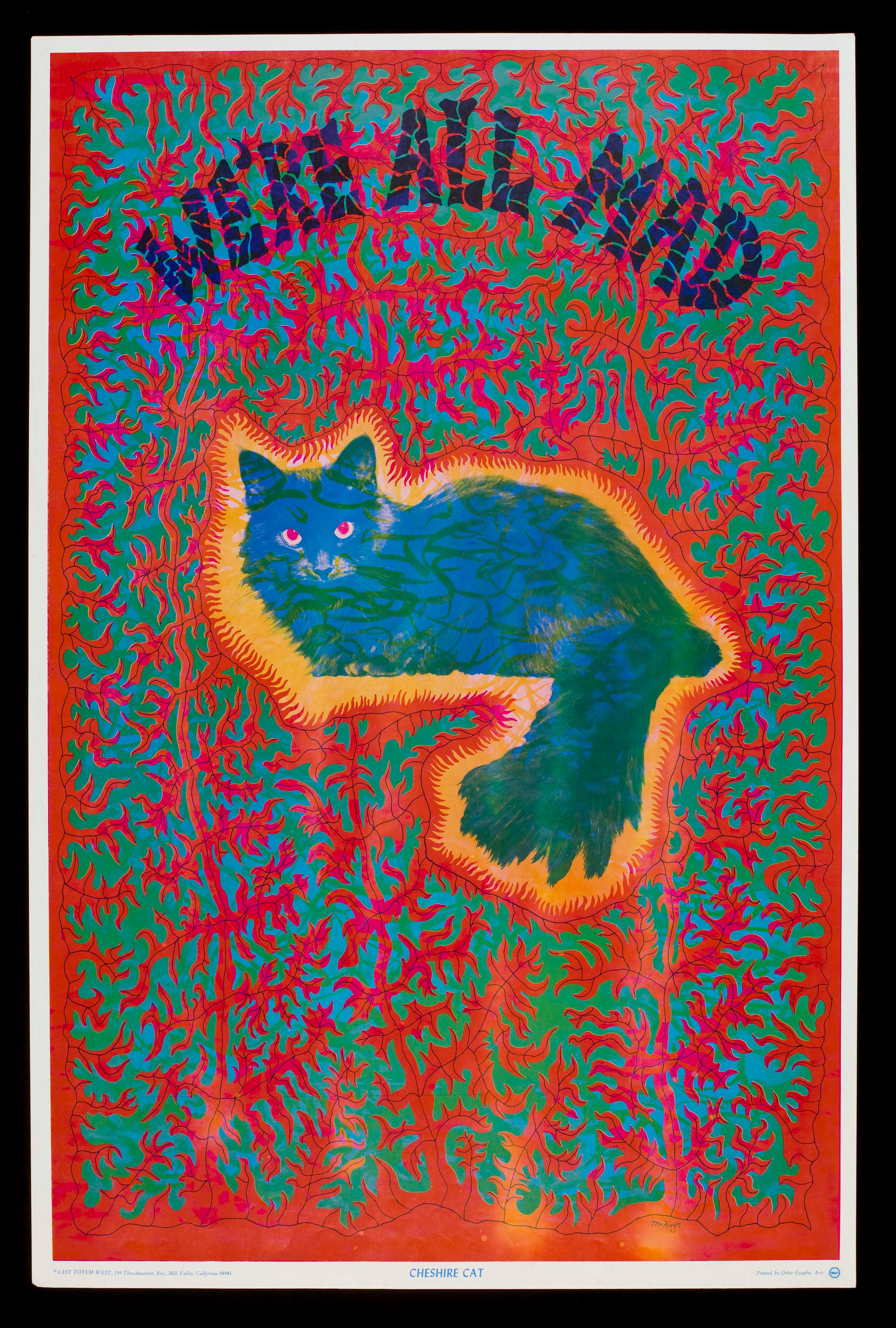
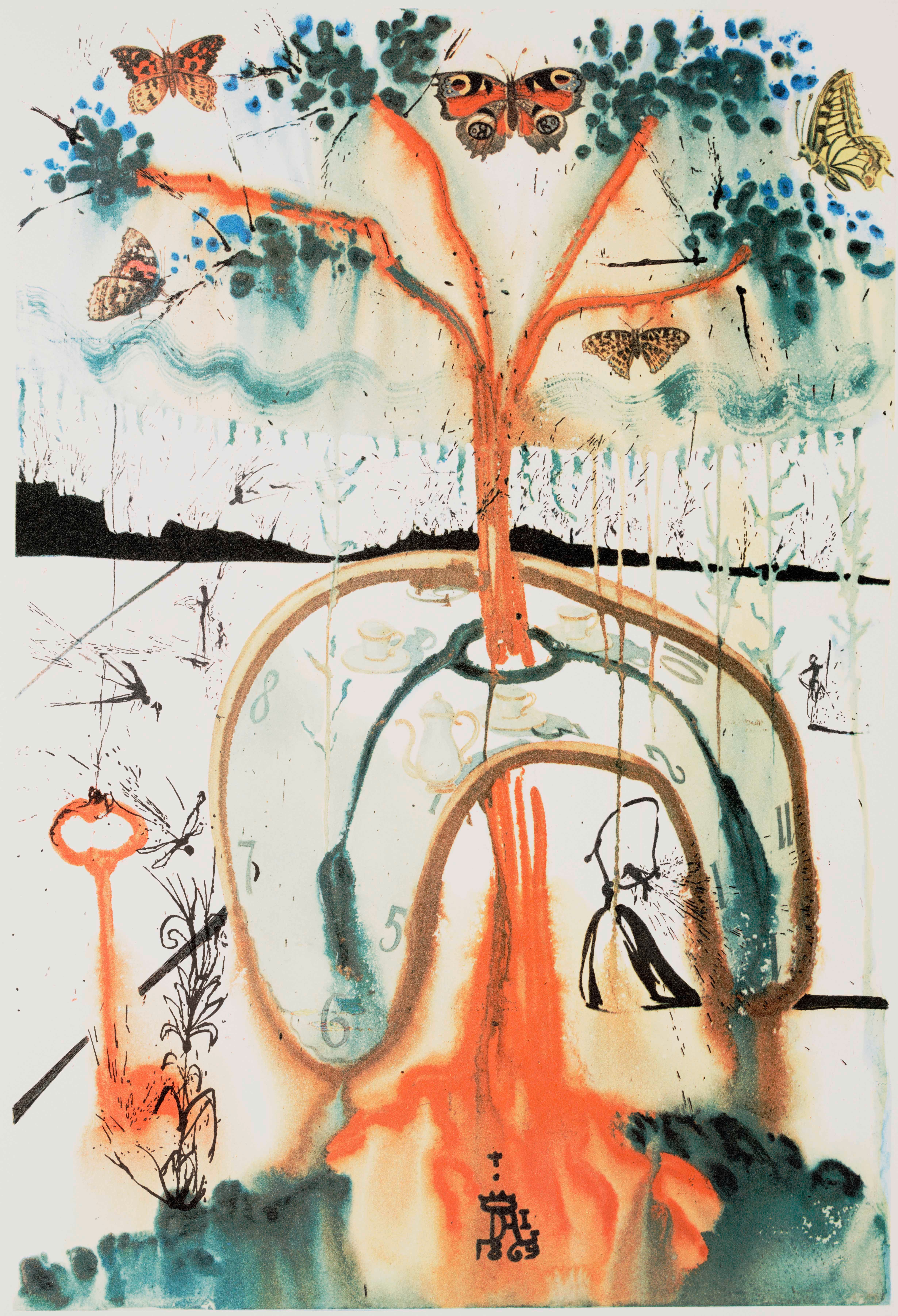
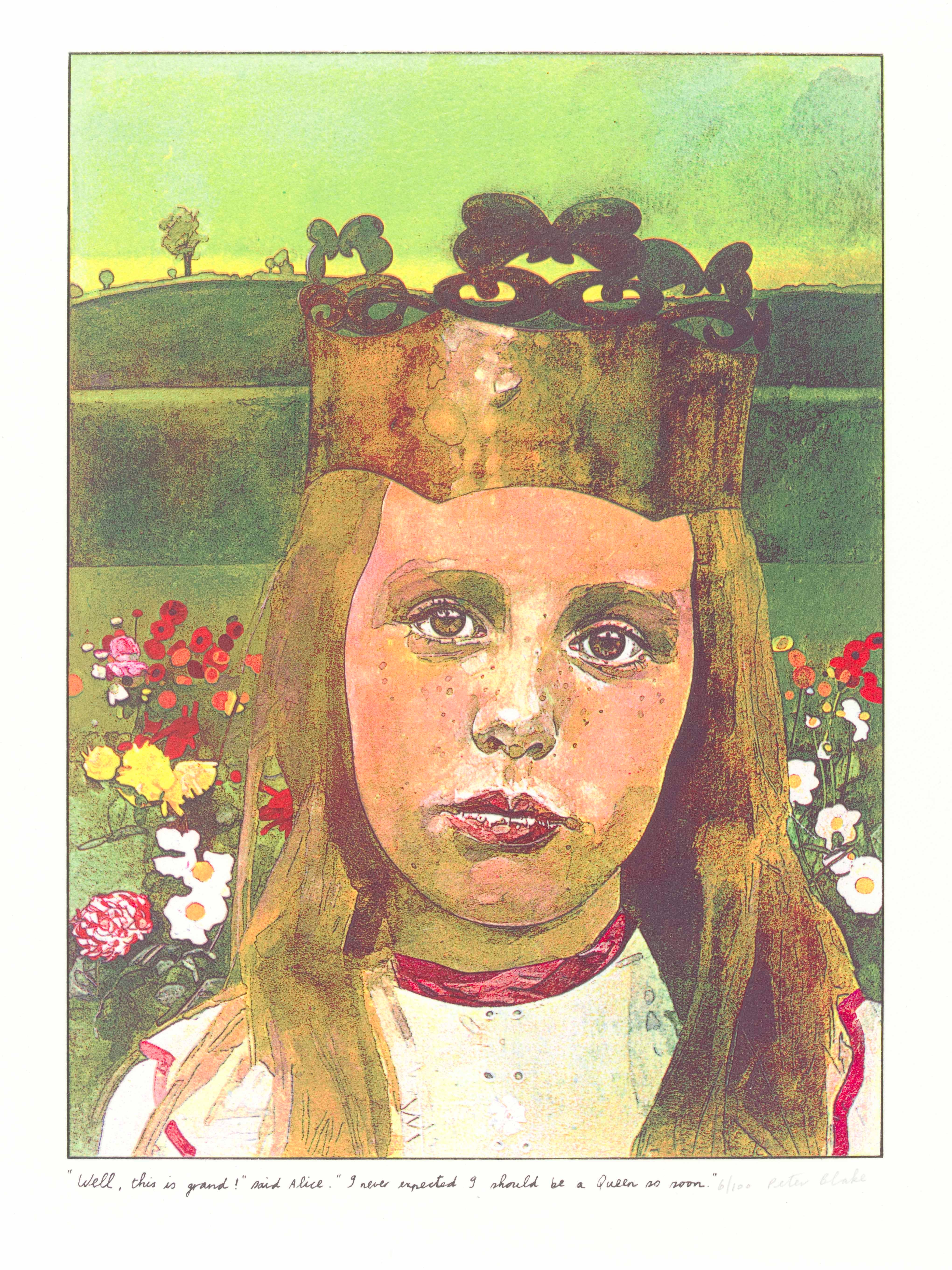
Alice seems suited for adaptation in almost any artistic medium. Surrealist painters like Salvador Dalí and Yayoi Kusama have drawn from Dodgson’s gleefully warped internal logic to create their own visual Wonderlands. Long before Alice’s Disney makeover, the book was adapted in 1903, a 12-minute wonder packed with early special effects. Fashion designers reference the cast of characters known for their striking outfits – the V&A show features work from Viktor & Rolfs 2016 collection, full of top hats and Victoriana ruffles.
The exhibition also shows how each generation discovers the book anew, and builds their own relationship with it. Alice gained a new wave of admirers in the 1960s, when psychedelics led artists to find new resonance in the strange tale. Today, Alice is sometimes invoked by political protesters, who see a parallel between Alice’s unfair treatment by the book’s adult figures and the capricious demands of cruel governments.
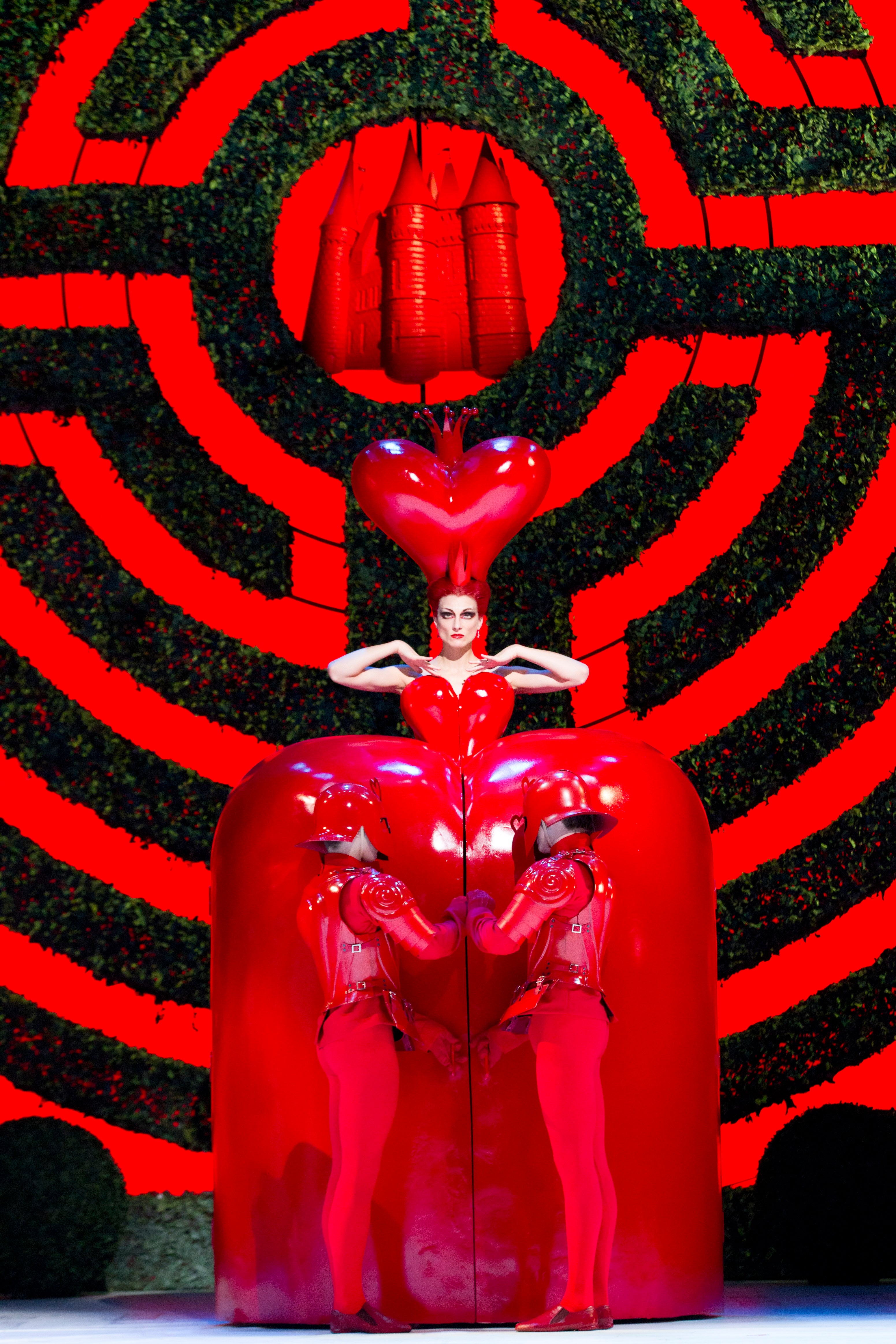
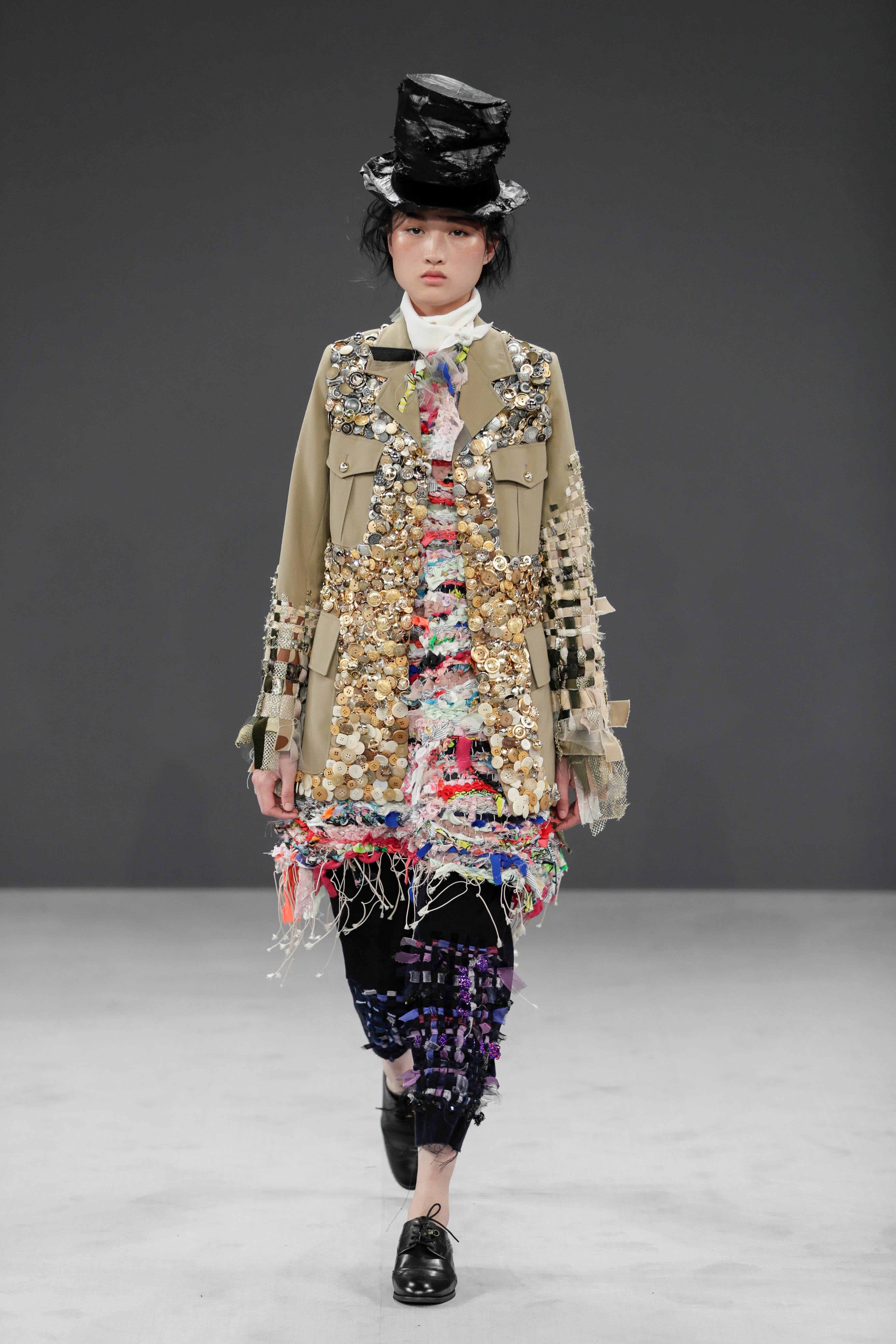
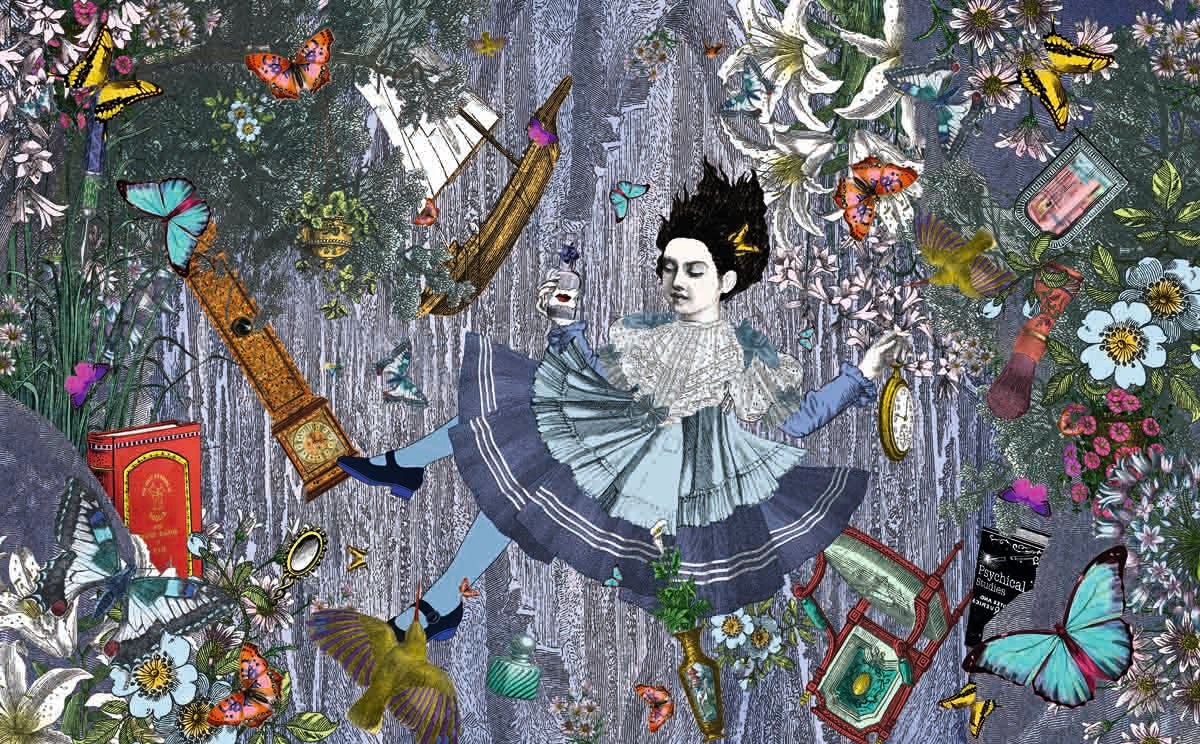

In his introductory poem to Alice, Dodgson left instructions for the reader on how to treat his story:
…with a gentle hand,
Lay it where Childhood’s dreams are twined
In Memory’s mystic band,
Like pilgrim’s withered wreath of flowers
Plucked in far-off land.
It is fitting that Alice disobeys his command – she refuses to lay still, and instead continues to shape-shift and morph, looming larger than life across the ages.
Alice: Curiouser and Curiouser is showing at the V&A from 27 March – 31 December 2021
Join our commenting forum
Join thought-provoking conversations, follow other Independent readers and see their replies
Comments